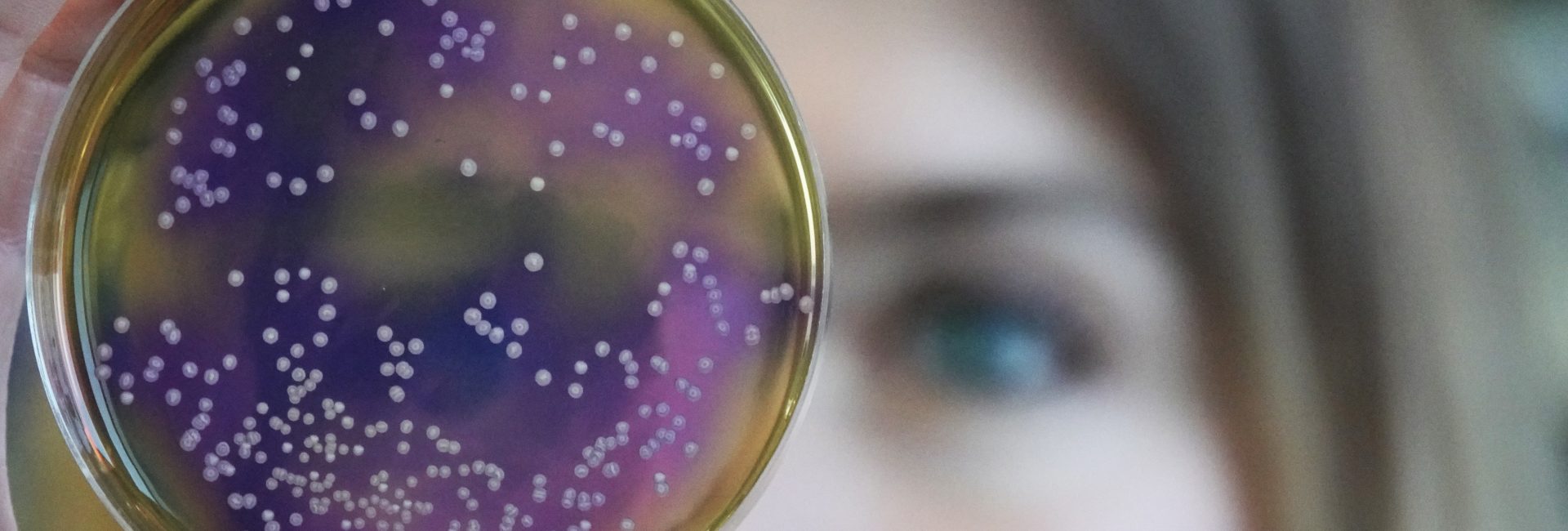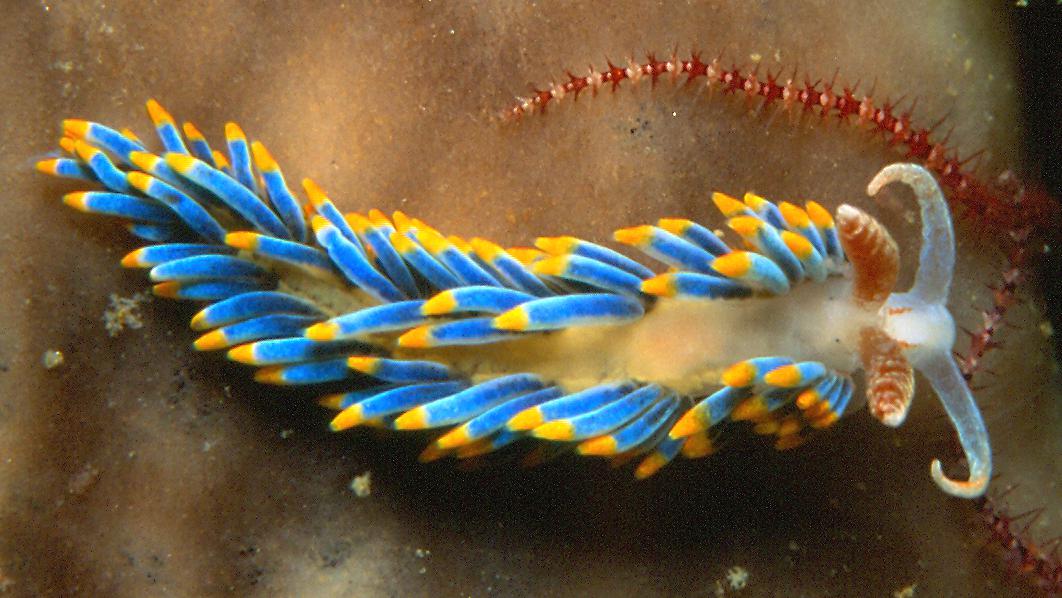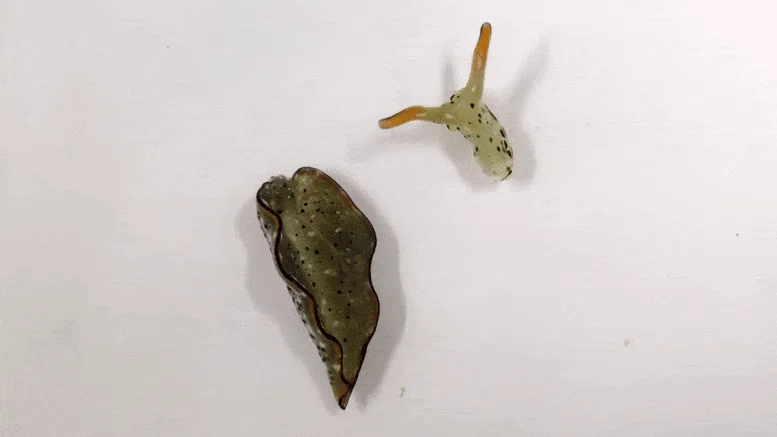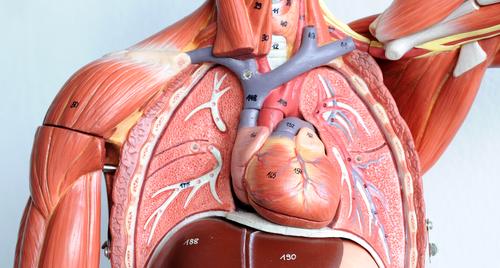Can the Human Body Learn to Photosynthesize?

What’s the Latest Development?
In 2011, UCLA biologist Christina Agapakis discovered that vertebrate animals can tolerate the presence of photosynthetic microbes after she injected zebra fish embryos with photosynthetic bacteria. In a follow up to the experiment, she was able to tweak the bacteria so that even mammalian cells would accept their presence. Scientists have also observed the Elysia sea slug commandeering chloroplast—the cellular structures within which photosynthesis takes place—from the algae they eat, though it is still a mystery how the slugs are able to use the chloroplast as an energy source.
What’s the Big Idea?
Could the human body learn—or be modified—to convert sunlight into energy? While the idea of gathering power from the sun, rather than masticating it, might sound appealing, the human body is not well-suited to the task. “Even if our skin was riddled with working chloroplasts, they would only manufacture a fraction of the nutrients we need to survive. ‘Animals need a lot of energy, and moving at all doesn’t really jive well with photosynthesis,’ says Agapakis.” And by growing plants for food in the first place, humans have essentially outsourced the process of photosynthesis on an enormous scale.
Photo credit: Shutterstock.com





